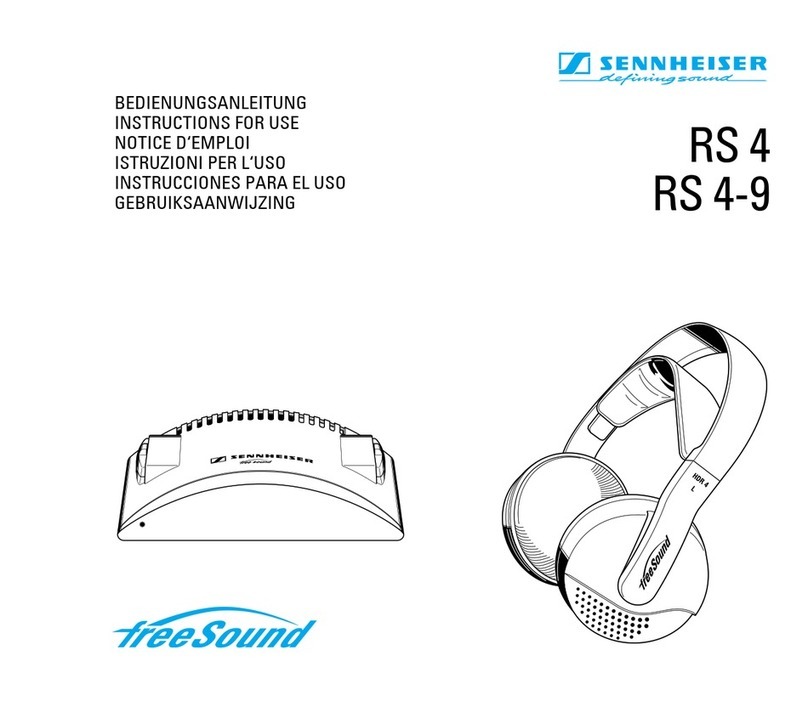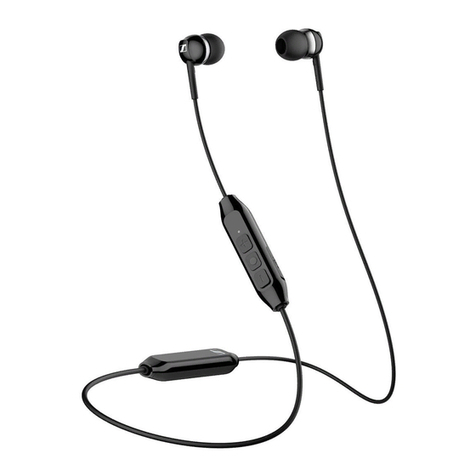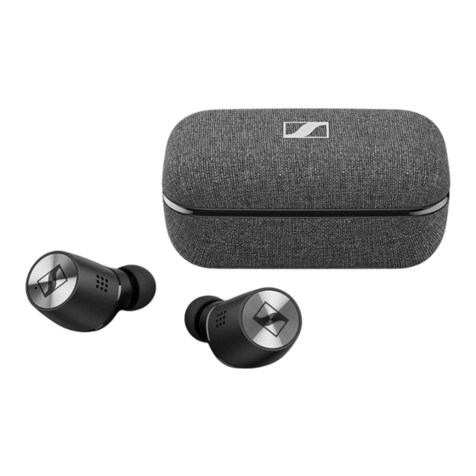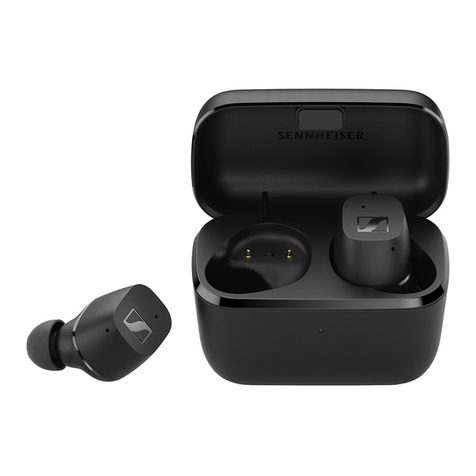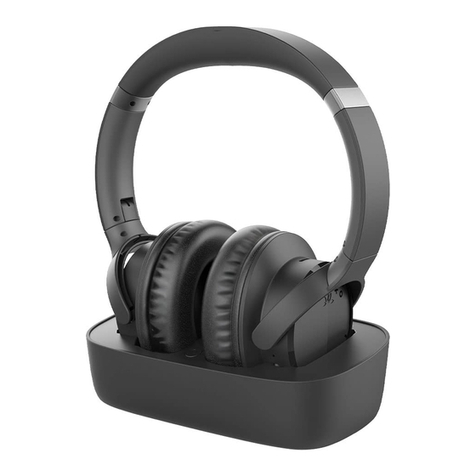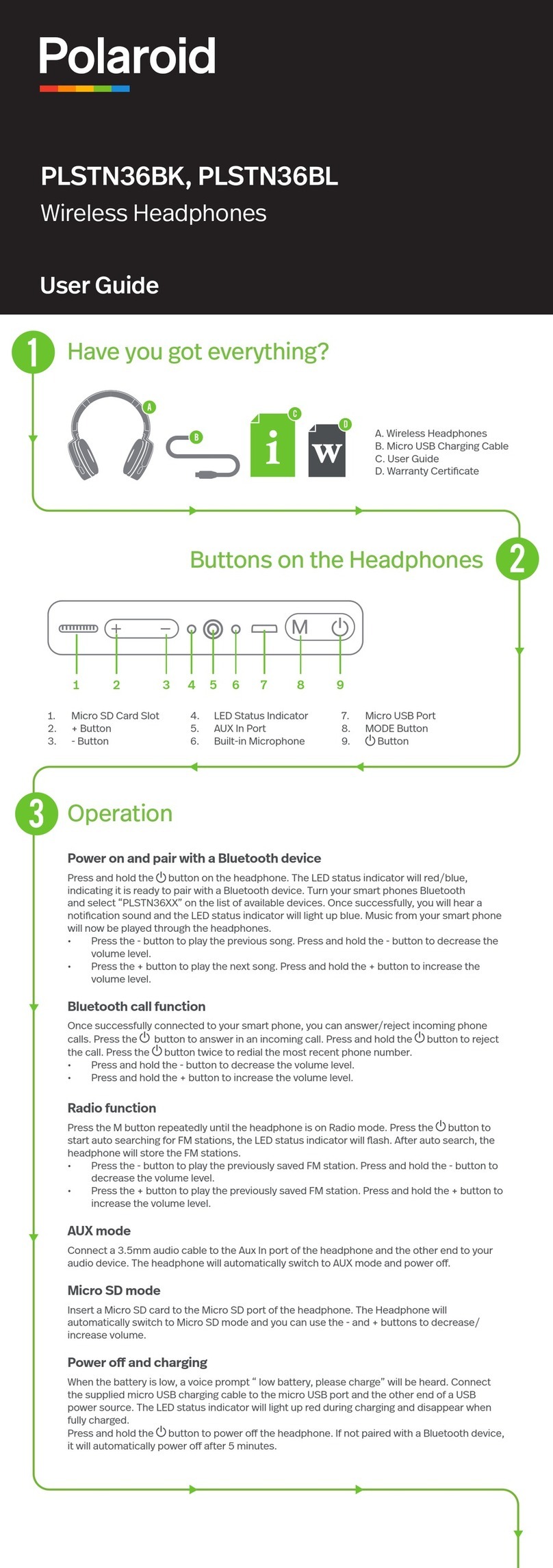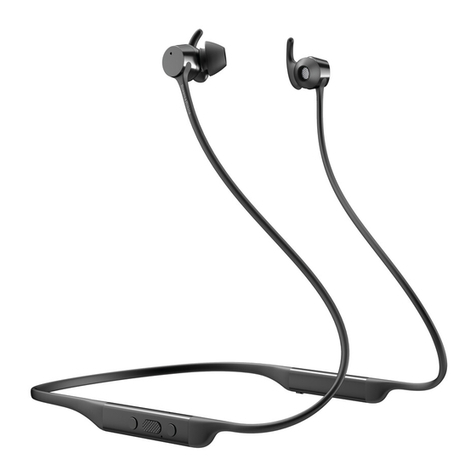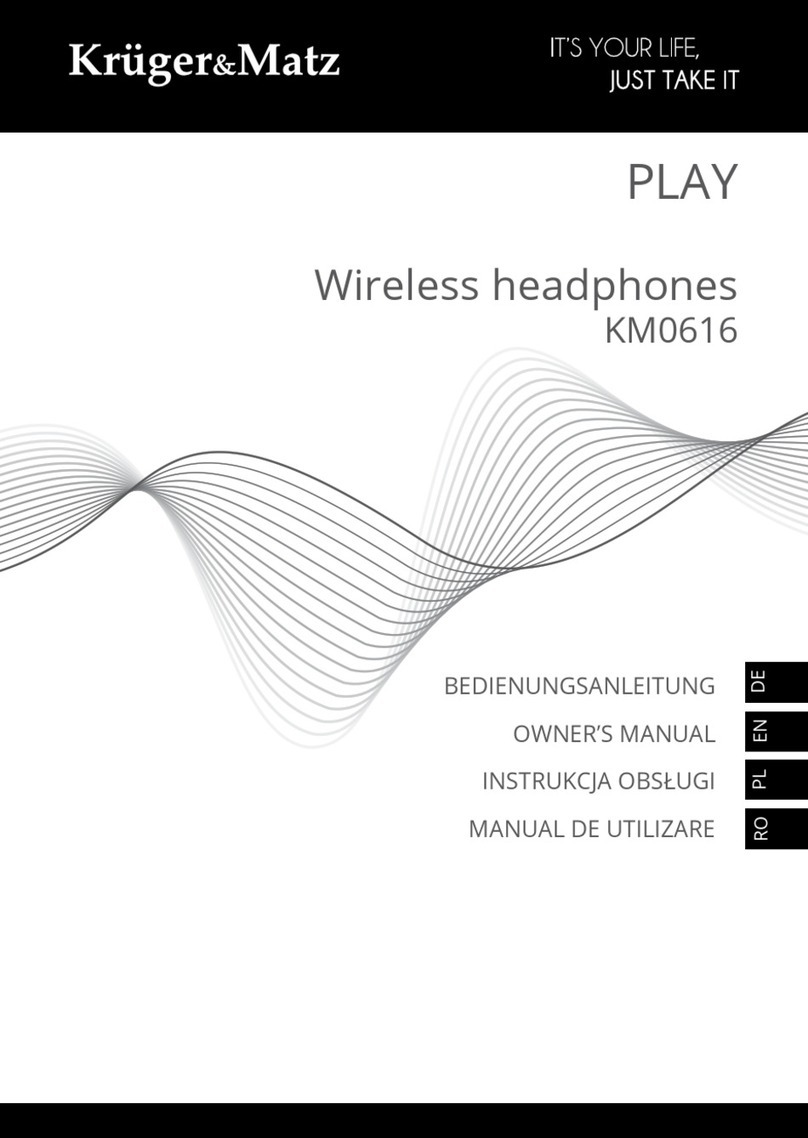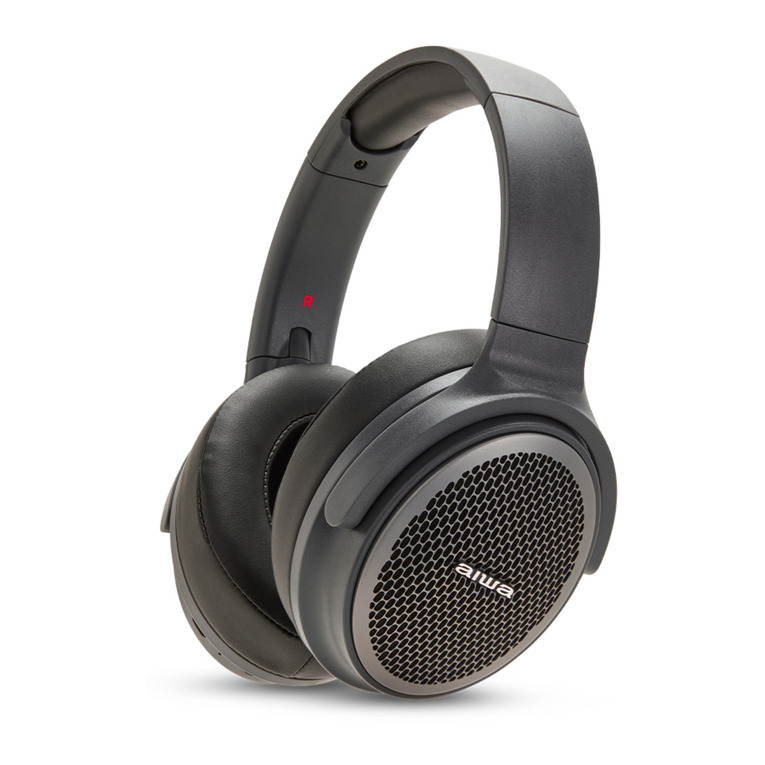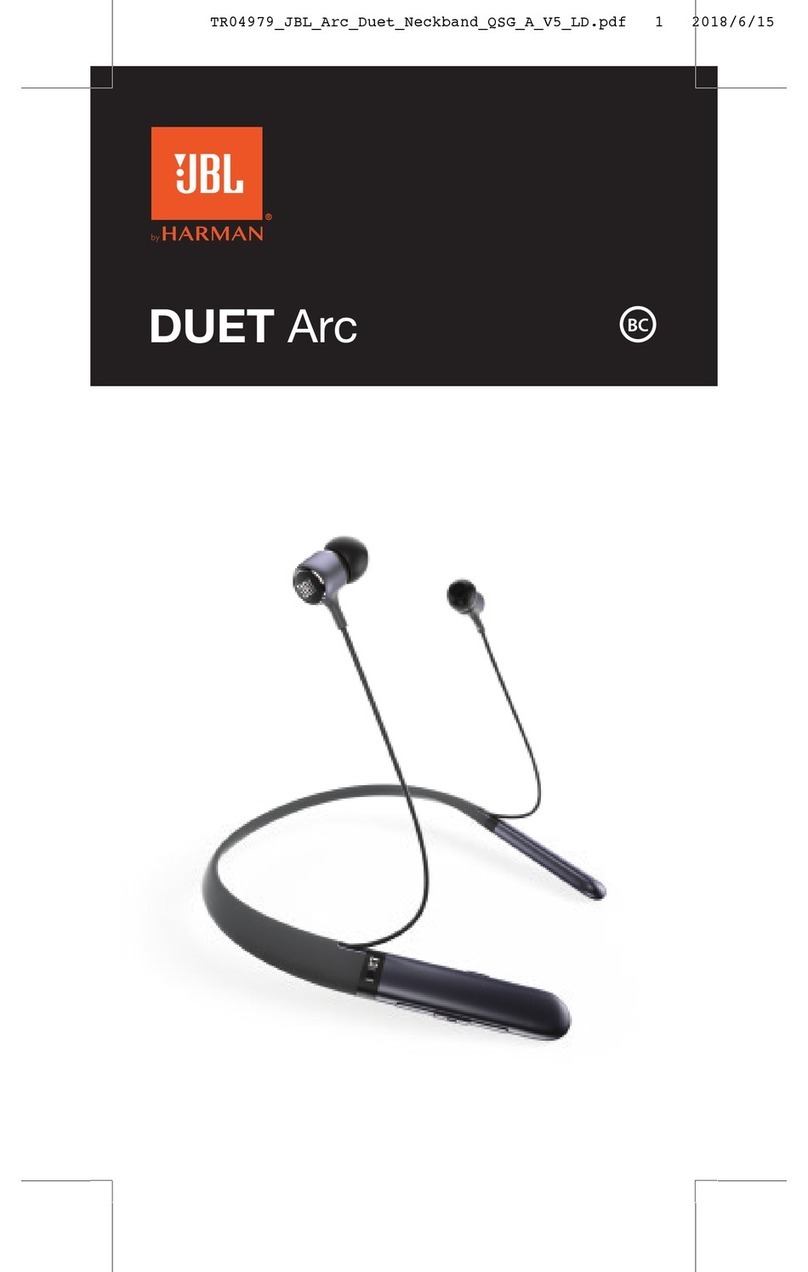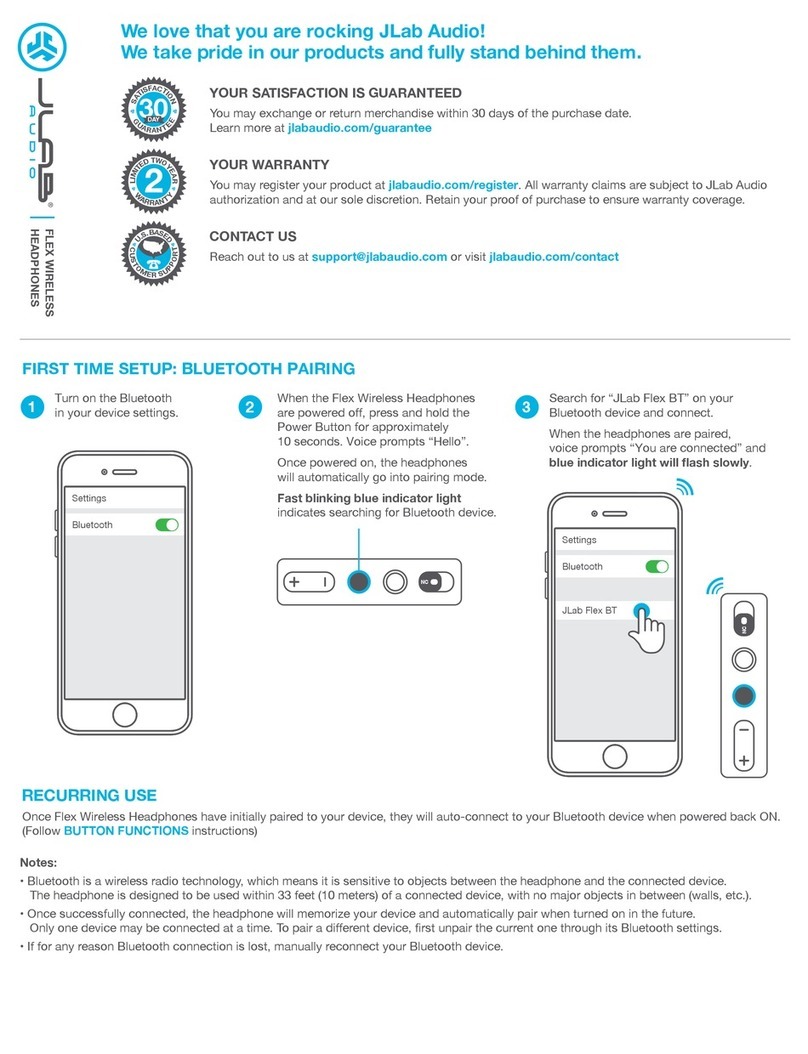
Important safety instructions
2 | RS 175
Important safety instructions
bRead this instruction manual carefully and completely before
using the product.
bAlways include this instruction manual when passing the product
on to third parties.
bDo not use an obviously defective product.
bOnly use the product in environments where wireless 2.4 GHz
transmission is permitted.
Preventing damage to health and accidents
bProtect your hearing from high volume levels. Permanent
hearing damage may occur when headphones are used at
high volume levels for long periods of time. Headphones
of the Sennheiser brand sound exceptionally even good at low
and medium volume levels.
bDo not use the product in an environment that requires your spe-
cial attention (e.g. when performing skilled jobs).
bThe product generates stronger permanent magnetic
fields that could cause interference with cardiac pace-
makers, implanted defibrillators (ICDs) and other
implants. Always maintain a distance of at least 3.94"/10 cm
between the product component containing the magnet and the
cardiac pacemaker, implanted defibrillator, or other implant.
bDo not use the product near water. Do not expose the product to
rain or moisture to reduce the risk of fire or electric shock.
bKeep the product, accessories and packaging parts out of reach
of children and pets to prevent accidents. Swallowing and chok-
ing hazard.
bOnly use the power supply units supplied by Sonova Consumer
Hearing.
Preventing damage to the product and malfunctions
bAlways keep the product dry and do not expose it to extreme tem-
peratures to avoid corrosion or deformation. The normal operat-
ing temperature is from 0 to 40 °C/32 to 104 °F.
bUse the product with care and store it in a clean, dust-free envi-
ronment.
bDo not use the product if it is obviously damaged, if it has been
dropped, or if liquids or objects have entered the product. In this
case, contact a qualified specialist workshop or your Sonova Con-
sumer Hearing partner to have the product checked.
bSwitch off the product after use to conserve battery power. When
not using the product for extended periods of time, remove the
rechargeable batteries.
bUnplug the power supply unit from the wall socket
– to completely disconnect the product from the power source,
– during lightning storms or
– when not using the product for long periods of time.


